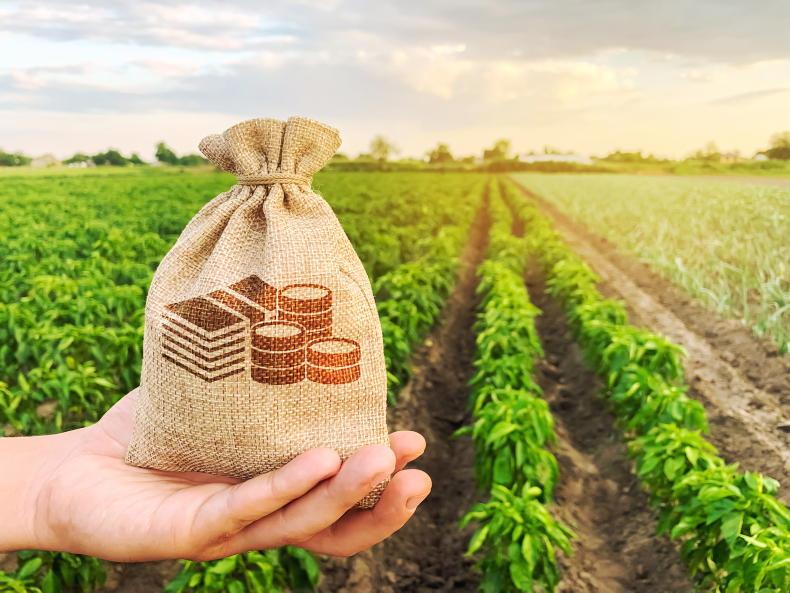This is the biggest week in farming’s financial calendar.
Over 120,000 farmers filed their BISS applications back in May, and now it’s payday. Well, hopefully it’s payday.
Farmers will be anxiously awaiting their direct payment to hit their bank accounts. Many of them will have verified that they are cleared for payment at the Department of Agriculture’s stand at the National Ploughing Championships. Perhaps others have looked online on the agfood portal to check that there are no anomalies or unresolved issues relating to their application.
That application form is a monster. Remember, it’s not just the BISS application. You’ve got CRISS, you’ve got eco schemes, you’ve got the Complementary Income Support for Young Farmers. You’ve also got ACRES, the Straw Incorporation Measure (and this year the linked Baling Assistance Payment).
You even have to tick a box to declare eligibility for the ANC payment – all in the one application form. It’s complicated and mistakes happen. Some farmers may be scheduled for a cross-compliance inspection and their payment held up. Because of the complexity of it all, farmers will be fretting until the payment safely lands.
This money really matters. It’s been a difficult year for cashflow on farms, following on from an even more difficult 2023. This injection of money towards the end of the year is vital, and not just for farmers.
So many people who trade with farmers know that this is when they’re likely to get paid if they haven’t been already.
Vets and AI personnel, hoof parers and scanners, fuel companies, hedgetrimmers, silage and tillage contractors, hardware and machinery dealers, not to mention merchants who sell fertiliser, feed, pesticides, and animal remedies – all will be hoping that their clients pop in to make payment.
Many will be looking through their list of debtors and making a phone call asking “any chance of a few bob”.
Because if there isn’t any chance right now, it’s hard to imagine many farmers’ financial situation will improve as we face into the long winter.
Drystock
On drystock farms, it may be that money will come in from the sale of lambs or hoggets, or weanlings, stores or fit cattle from suckler and beef farms. But we know that income on drystock farms is about equal to their direct payment. And apart from winter milk dairy farms and tillage farms that store grain for later sale, the reality is that this week will see the crystallisation of just how acute the cashflow crisis in Irish farming is. It may be fairly acute.
If we have an election soon, don’t be surprised to hear some of the people who trade with farmers calling for some form of assistance for farmers to trade their way through cashflow difficulties after a very challenging 24-month period.






 This is a subscriber-only article
This is a subscriber-only article










SHARING OPTIONS: